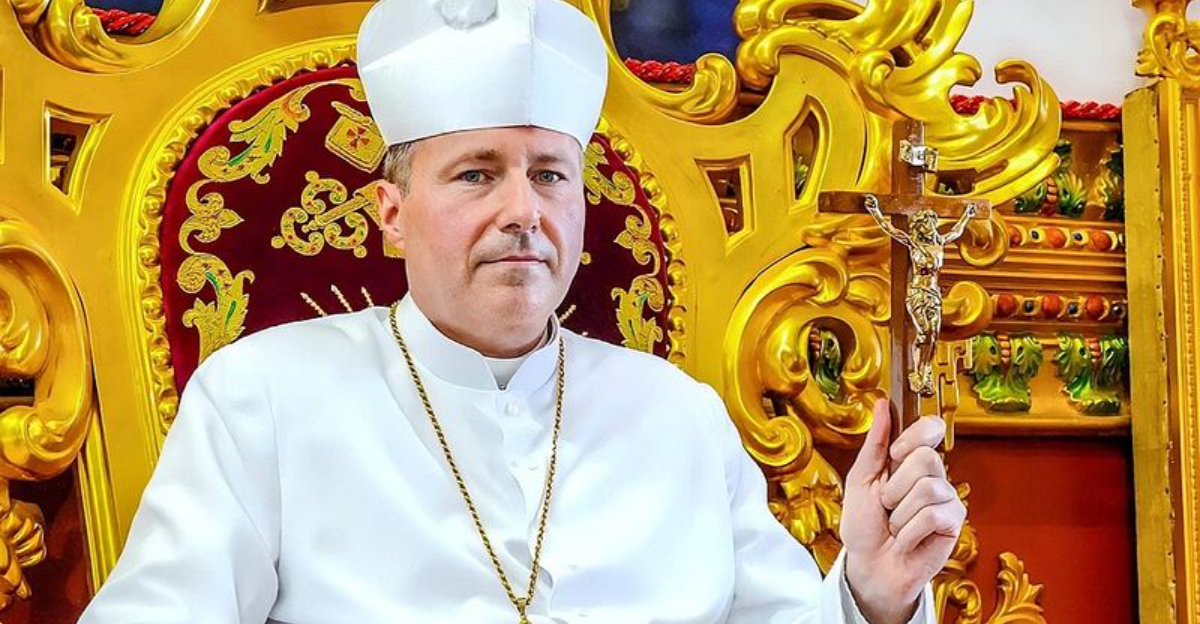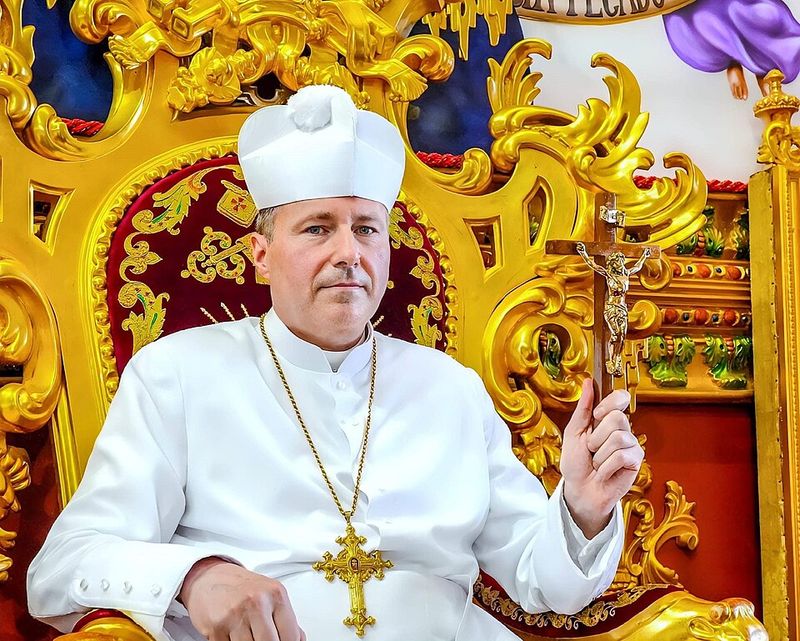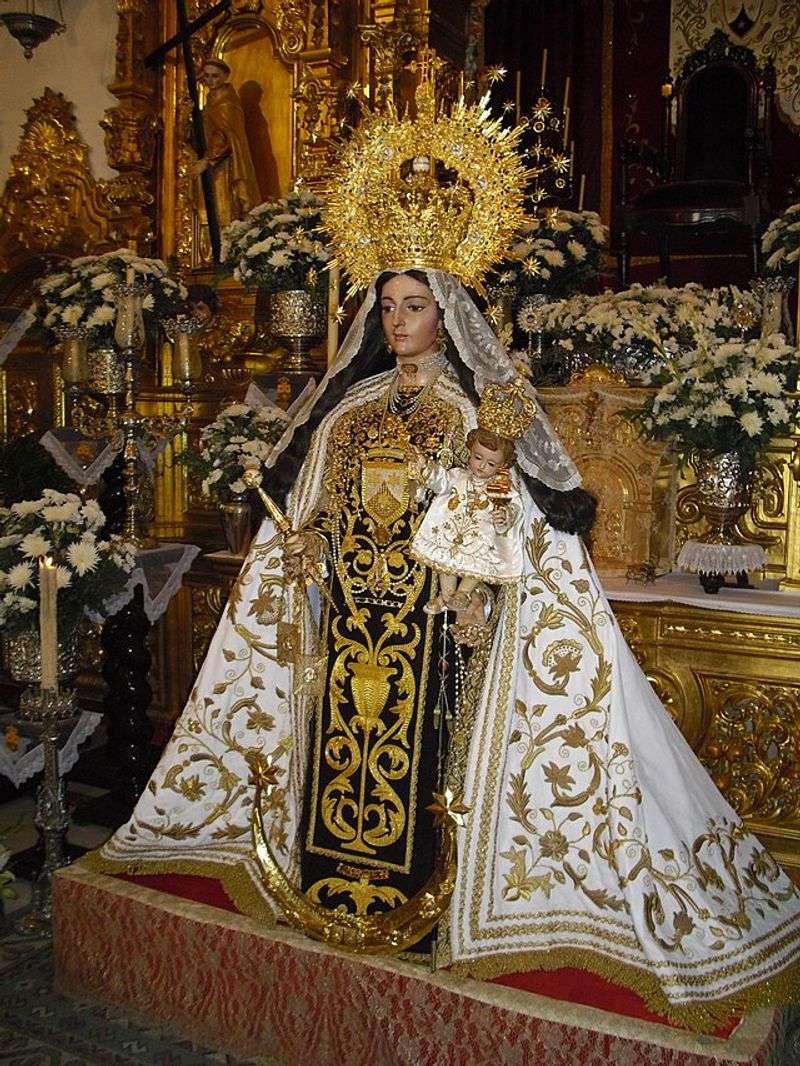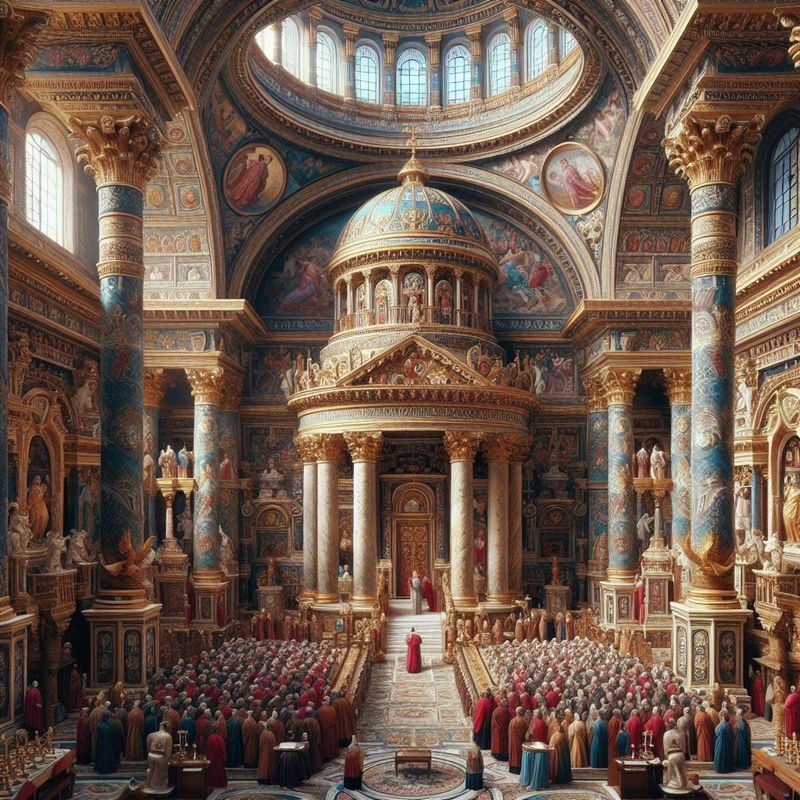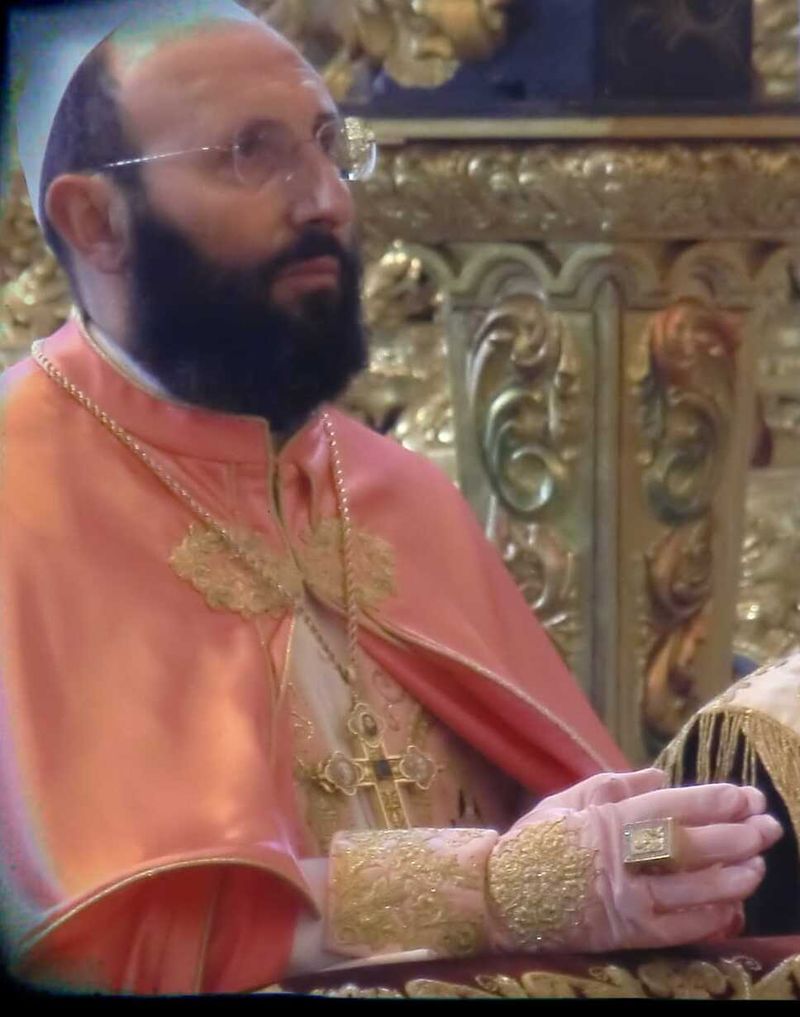In the small Spanish town of El Palmar de Troya, a remarkable religious drama has been unfolding since the late 1970s. While most Catholics recognize the pope in Rome, a breakaway church has been operating with its own pope, rules, and beliefs.
This religious splinter group, known as the Palmarian Catholic Church, began in 1978 and continues today despite controversy and scandal.
Their story reveals how even in modern times, religious schisms can create parallel worlds of faith.
1. The Spanish Insurance Clerk Who Became Pope
Clemente Domínguez y Gómez wasn’t born into religious royalty. Working as an ordinary insurance clerk in Seville, his life took an extraordinary turn when he claimed to receive visions from the Virgin Mary in the late 1960s.
After Pope Paul VI died in 1978, Clemente declared himself the true successor, taking the name Pope Gregory XVII. No cardinals elected him—he simply claimed divine appointment through his visions.
Despite losing both eyes in a car accident, which some might view as a setback for someone claiming to see heavenly visions, his followers saw this as further proof of his spiritual uniqueness.
2. A Walled Vatican in the Spanish Countryside
Rising dramatically from the flat countryside near Seville stands the Palmarians’ spiritual headquarters. Surrounded by imposing walls topped with security cameras, this compound houses their massive cathedral—built without proper permits and funded by donations from wealthy followers.
Inside these walls, their version of Catholicism thrives in isolation. The cathedral’s interior glitters with gold and religious imagery, a stark contrast to the modest village surrounding it.
Locals have watched with curiosity and sometimes concern as this religious fortress expanded over decades, becoming a self-contained world where Palmarian rules reign supreme.
3. Rejecting Rome and Vatican II Reforms
The Palmarians didn’t just create their own pope—they declared war on modern Catholicism itself! Their founding belief centers on the idea that the Catholic Church went astray with the Second Vatican Council’s reforms in the 1960s.
When these reforms modernized Mass and embraced interfaith dialogue, the Palmarians saw heresy. They maintain that the papal throne in Rome has been vacant since Pope Paul VI (whom they believe was secretly held prisoner in the Vatican).
Their rejection runs deep—Palmarians consider mainstream Catholic sacraments invalid and believe they alone preserve true Catholicism against what they see as a corrupt Roman church.
4. Making Their Own Saints and Scripture
“When in doubt, rewrite the rules!” This seems to be the Palmarian approach to religion. Unsatisfied with the official Catholic canon, they created their own expanded Bible and dramatically increased the roster of saints.
Francisco Franco, Spain’s controversial dictator, received sainthood in their church—a move that shocked mainstream Catholics. Christopher Columbus and even Adolf Hitler reportedly received positive treatment in their teachings.
Their creative theology didn’t stop there—they canonized hundreds of new saints, including their founder after his death. By essentially creating a parallel religious universe, they’ve built a completely separate spiritual identity from mainstream Catholicism.
5. Life Under Ultra-Strict Palmarian Rules
Imagine a life where watching TV, using the internet, or even voting is considered sinful! For devoted Palmarians, these modern activities are forbidden, creating an isolated community frozen in time.
Women must wear skirts below the knee and keep their heads covered, while men follow strict dress codes too. The most heartbreaking rule? Members must cut contact with non-Palmarian family members—even parents or children.
Former members describe a controlling environment where leaders monitor behavior closely. Mass attendance is mandatory, with services conducted in Latin behind closed doors, creating a secretive atmosphere that has led many to describe the group as cult-like.
6. When a Pope Quits and Calls It All a Scam
The Palmarian world was rocked in 2016 when their Pope Gregory XVIII (born Ginés Jesús Hernández) did the unthinkable—he quit! After leading the church for five years, he suddenly abandoned his papal throne, religious robes, and celibacy vows.
His next moves shocked followers even more. He ran off with his girlfriend, a church employee, and publicly denounced the entire Palmarian Church as a “moneymaking scheme.” He alleged that church leaders lived luxuriously while followers sacrificed everything.
This dramatic exit caused a crisis of faith among remaining members. Some left, while others doubled down on their beliefs under a quickly appointed new pope, continuing this unusual religious saga into the present day.
